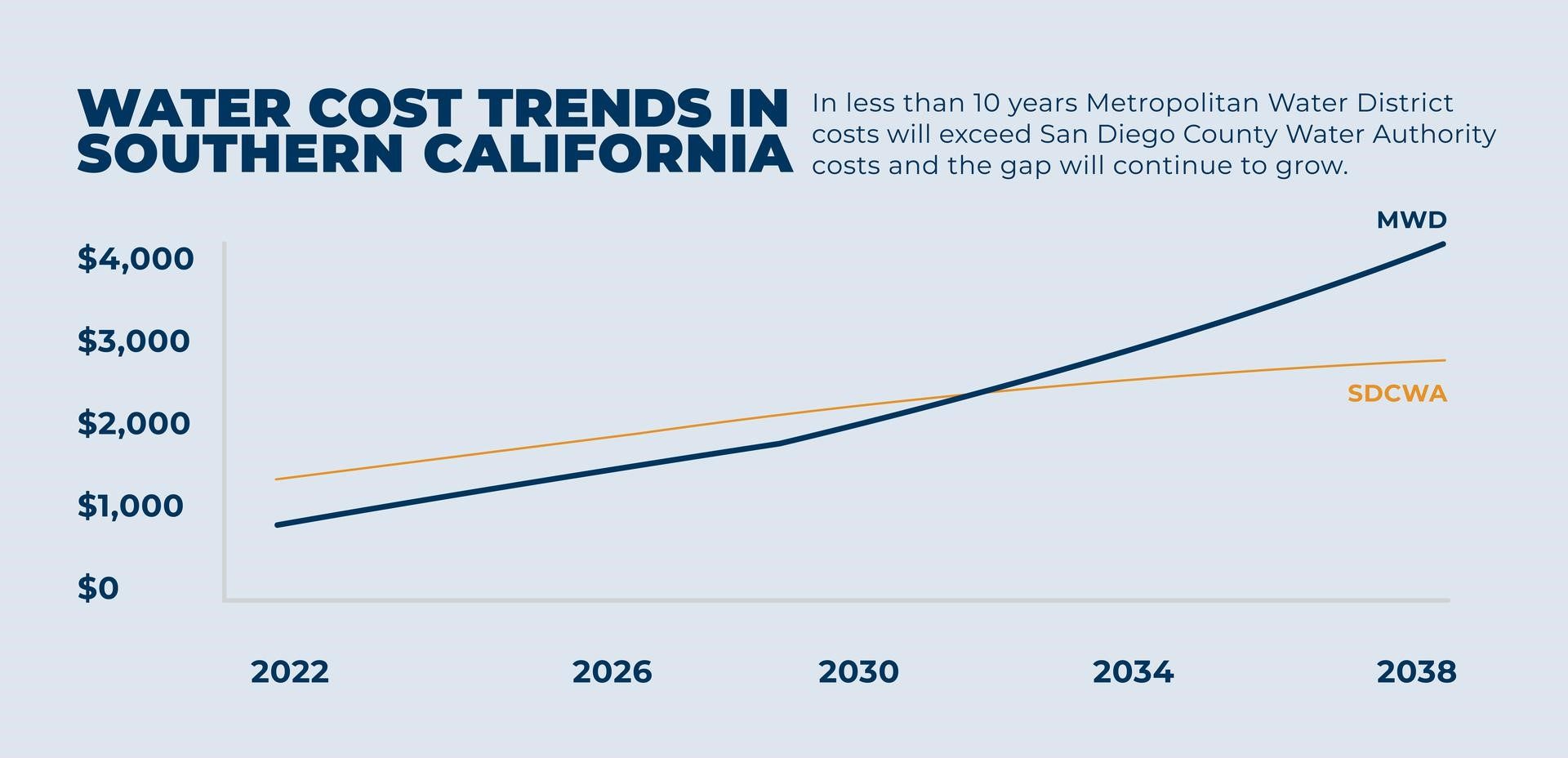Record Drought Conditions Across West Raise Concerns for Summer Dry Season
The current multi-year drought across the West is the most extensive and intense drought in the 22-year history of the U.S. Drought Monitor. Precipitation deficits during the first three months of 2022, across parts of the western U.S., are at or near record levels. As the climatological wet season ends across portions of the West, with below average snow cover and reservoirs at or near record-low levels, concerns for expanding and intensifying drought and water resource deficits are mounting.
During March, the average contiguous U.S. temperature was 44.1°F, 2.6°F above the 20th-century average. This ranked in the warmest third of the 128-year period of record. The year-to-date (January-March) average contiguous U.S. temperature was 36.3°F, 1.2°F above average, ranking in the middle third of the record.
The March precipitation total for the contiguous U.S. was 2.26 inches, 0.25 inch below average, and ranked in the driest third of the 128-year period of record. The year-to-date precipitation total was 5.66 inches, 1.30 inches below average, ranking seventh driest in the January-March record.
Temperatures were above average across much of the West and along the East Coast. California ranked sixth warmest for the January-March period.



